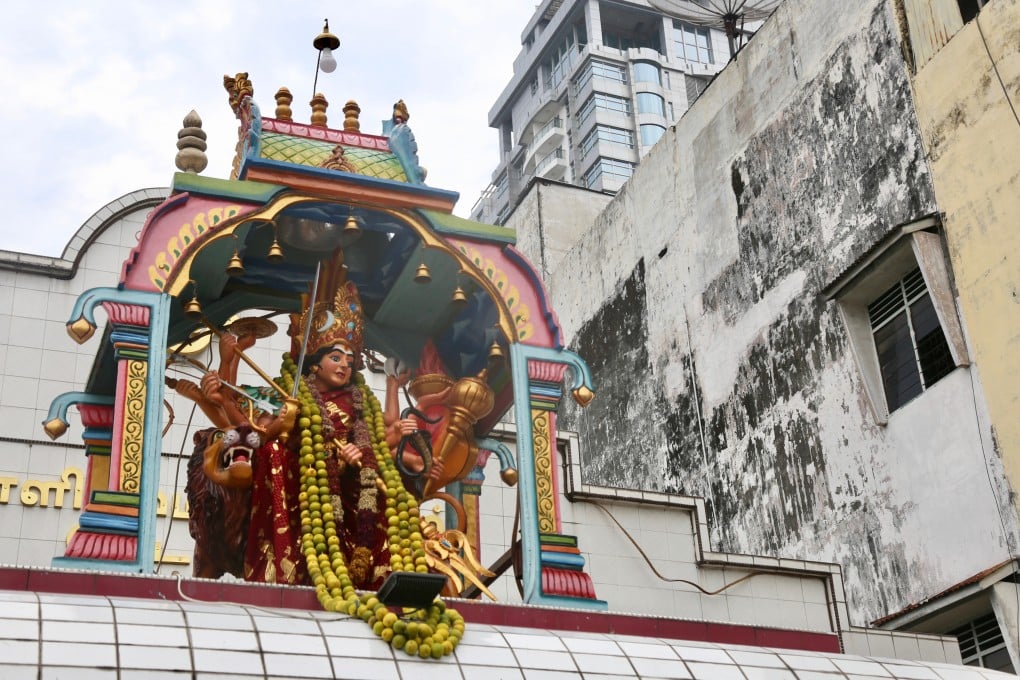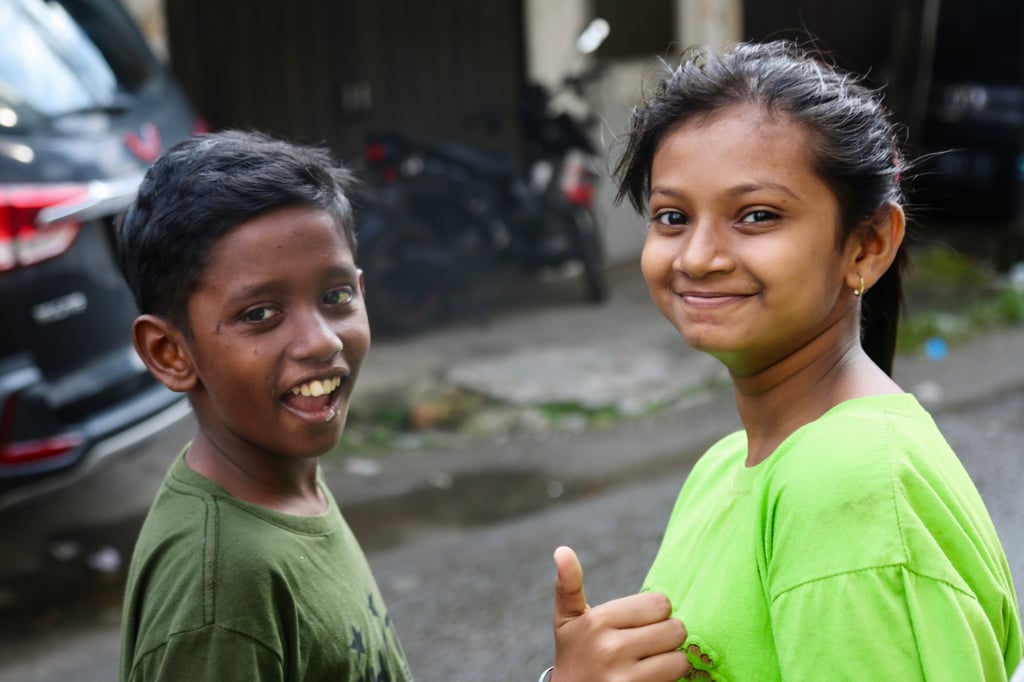Little India in Medan, Indonesia, hides its cultural roots well, so assimilated are the people – but look hard enough in Kampung Madras and you’ll find them
- Established in the 1830s, Kampung Madras, in the Indonesian city of Medan, is home to most of the 40,000-75,000 Indian-Indonesians living in North Sumatra
- Ian Lloyd Neubauer seeks out its Hindu temples, stumbles on a street scene straight of India and is treated to tandoori chicken, curry and naan bread

Singapore’s Little India, a former convict enclave where indentured labourers were housed during the British colonial period, has been turned into one of the city state’s most colourful historical districts and attracts millions of tourists over the years. The Hindu temples Sri Veeramakaliamman and Sri Srinivasa are among its biggest draws.
In colonial times the Dutch, like their British counterparts, shipped in South Indian labour, and these workers toiled at Sumatra’s rubber and tobacco plantations.
Established in the 1830s, Kampung Madras, as Medan’s Little India is called, offers a raw alternative to Singapore’s sanitised version. According to Tamilnation, a website devoted to the Tamil diaspora in Indonesia, it is still home to most of the 40,000-75,000 Indian-Indonesians living in North Sumatra.

“Even the name, Medan, is believed to have been derived from the Hindi word maidan, meaning ‘ground’,” The Hindu newspaper has reported.